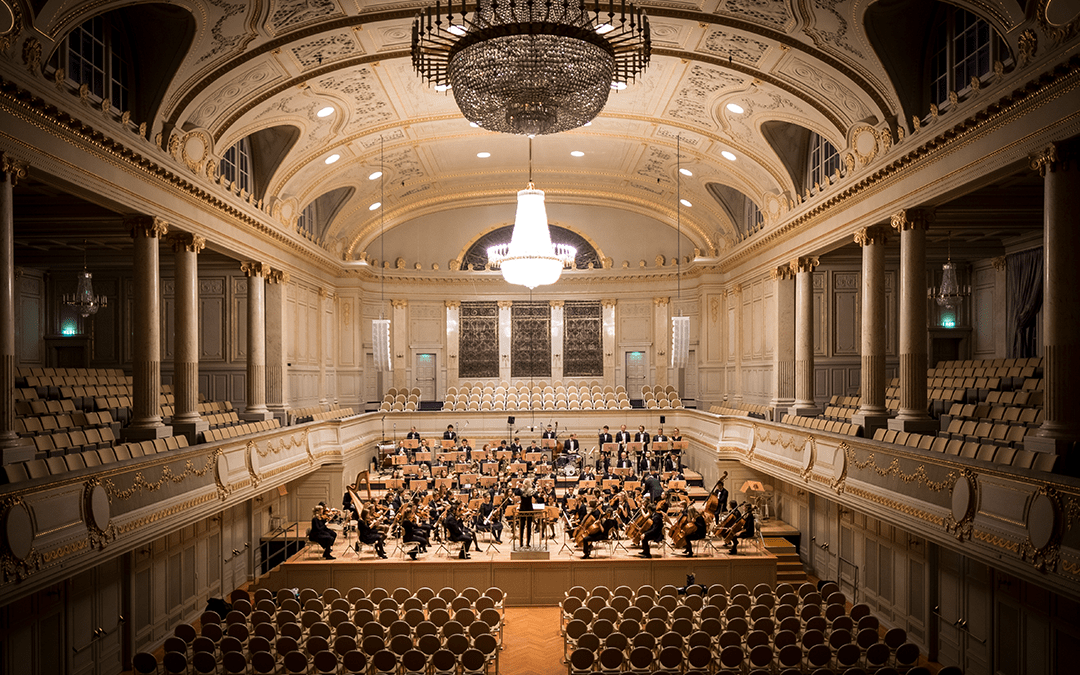Whether you’re fully committed to making it in the world of professional music, or enjoy playing with an amateur ensemble in your leisure time, there are few things more thrilling than putting on your own concert. Practicing and performing for yourselves is one thing, and it can be an enjoyable and rewarding pastime in its own right, but the act of bringing that music to an outside audience can help you to take things to the next level. Often, however, ensembles find themselves stumbling at a misleadingly simple hurdle – what music should be in your concert program?
Here’s what you should be considering when putting together your very own concert program.
Your Choice of Music
Building a diverse and engaging concert program that nevertheless maintains a natural flow and momentum can be harder than it looks, and it requires careful consideration. Moving straight from Henry Purcell to Karlheinz Stockhausen, for instance, is likely to cause something of an erratic and jarring tone to your performance – although any ensemble, amateur or otherwise, that could make such a dramatic musical volte-face is surely a talented one.
There are a number of different ways that you can build a program so that it doesn’t simply feel like a series of unrelated fragments. One of the first considerations should be the material that is already in your repertoire. Do you have a favourite that you all already know, and that you can play well? If so, you may want to begin with this piece, and start looking for pieces that will fit well together with it.
The demographic of your audience can play a part in your decision-making process. Ask yourself who will likely be attending your performance, and what might they be expecting to hear. While a program of established, canonical music may well win over some audiences, a room full of classical aficionados may find themselves wanting for some slightly less familiar options.
One ambitious option, that can have particularly impressive results when carried out correctly, is to have an underlying theme or concept running throughout the entire performance. Sometimes, a thematic through-line will present itself naturally – if you’re putting on a concert in the middle of the summer, you’ll want to avoid music related to spring, to give an obvious example. Other times, you may want to decide on a connecting thread based on the current favourite in your repertoire – a program of music related to nature if your central piece is The Lark Ascending, for instance.
Designing Your Program
Once you’ve settled on the music that you will be performing, one of the most effective ways of impressing an audience is with a well-designed, professional looking physical program. Naturally, this should include information about the pieces that you will be playing, but you can also include other details and supporting material – if you use Dorico, you can even use composing software to prepare sections of the score, either as a souvenir or to encourage your audience to participate in any vocal sections of your performance.
Putting on your own concert is an opportunity to demonstrate your talents, and to create a memorable experience for both yourself and your audience. It’s therefore well worth taking an amount of time and effort to ensure that your musical selection is carefully thought through, and that your program impresses.


Trackbacks/Pingbacks